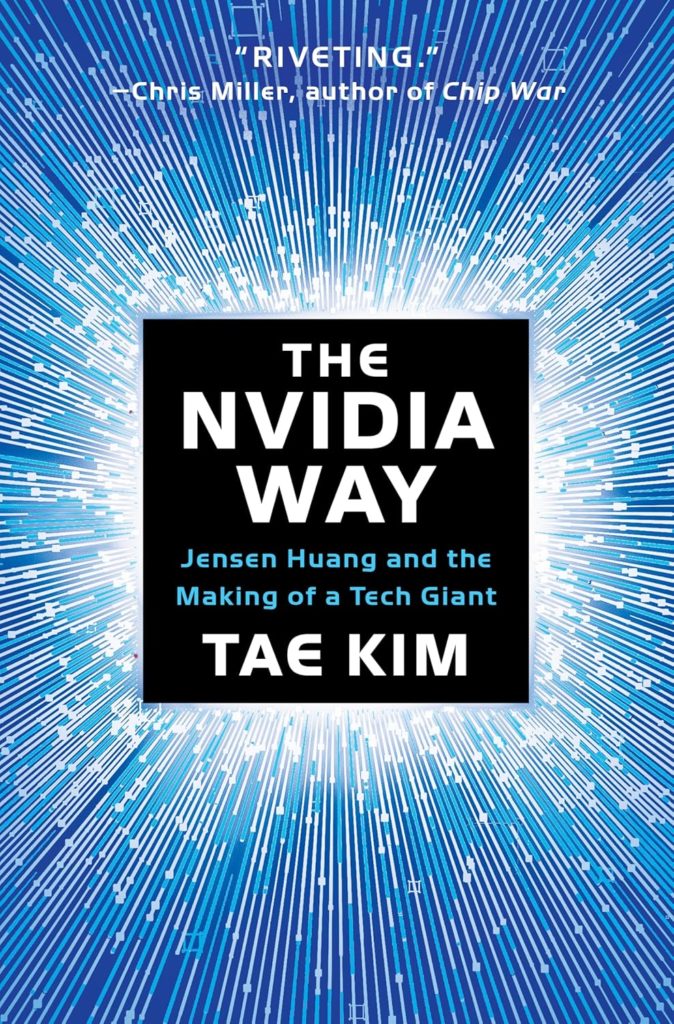DLSS, the suite of real-time deep learning image enhancement and upscaling technologies from NVIDIA that initially emerged in February 2019 as a spatial image upscaler for boosting the performance of a few then-new games (e.g., Battlefield V and Metro Exodus), was invented by Jensen Huang, and not only that, the Founder, President, and CEO of NVIDIA managed to get it announced in just two weeks, according to new information that author Tae Kim shared in his new book, The NVIDIA Way: Jensen Huang and the Making of a Tech Giant.
“NVIDIA could use the image-enhancement function to sample and interpolate additional pixels, so that a card designed to render graphics natively at 1,440p resolution, also known as ‘Quad HD,’ could produce images at the higher-resolution 4K, ‘Ultra HD,’ at a similar frame rate. AΙ would be used to fill in details to take the lower-resolution 1440p image to a higher-resolution 4K image,” Kim explains in a portion of the book, detailing a type of tech that some publications have described as a tool that has allowed NVIDIA to “charge more money for graphics cards.”
“Jensen had come up with DLSS on the spot,” Kim goes on to write before sharing the thoughts of an NVIDIA researcher: “The researchers had invented this amazing thing, but Jensen saw what it was good for. It wasn’t what they had thought. It shows what a leader Jensen is and how technical and smart he is.”
Frame Generation, a key component of DLSS 3 that NVIDIA launched alongside the third iteration of its performance-enhancing suite in September 2022, took six years to develop, however.
“While we were working on it, we saw continuous improvement in the quality of results, so we kept working,” reads a quote in the book from Bryan Catanzaro, a member of the NVIDIA Research team that can be seen in recent videos that include NVIDIA’s breakdown of DLSS 4 and its new Multi Frame Generation technology. “Most academics don’t have the freedom to work on one project for six years because they need to graduate.”
See below for the synopsis for The NVIDIA Way, which was released on December 10, according to Amazon’s listings.
Nvidia is the darling of the age of artificial intelligence: its chips are powering the generative-AI revolution, and demand is insatiable. For all the current interest and attention, however, Nvidia is not of our time. Founded more than three decades ago in a Denny’s in East San Jose, for years it was known primarily in the then-niche world of computer gaming. In fact, the company’s leather-jacketed leader, Jensen Huang, is the longest-serving CEO in an industry marked by near constant turmoil and failure.
In The Nvidia Way, acclaimed tech writer Tae Kim draws on more than one hundred interviews―including Jensen (as he is known) and his cofounders, the two original venture capital investors, early former employees, and current senior executives―to show how Nvidia played the longest of long games, repeatedly creating new markets and outmaneuvering competitors, including the original semiconductor giant, Intel, which now finds itself well behind the upstart. Kim offers revelations at every step, among them:
- An authoritative, myth-busting account of Nvidia’s founding in 1993.
- How Nvidia managed to overcome early missteps that would have killed most start-ups.
- The benefits of Nvidia’s flat organizational structure, which allows even low-level employees to contribute to the direction of the company.
- How Jensen’s obsession with solving the Innovator’s Dilemma―the problem of an entrenched market leader falling to smaller, nimbler companies―drove him to reinvent his approach to corporate strategy.
- How Nvidia saw the coming AI wave sooner than anyone else, and how it bet its future on a technology that had not yet arrived.
A rare view into Nvidia’s distinct culture and Jensen’s management principles, The Nvidia Way is a book for our moment as well as an instant classic of business history, with enduring lessons for entrepreneurs and managers alike.


